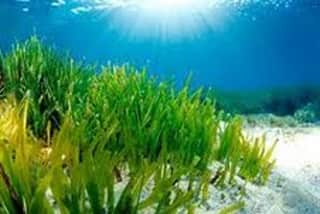Study: Seagrass Works as Effective Carbon Sink
Diane E. Alter 05.30.12

A new study published the week of May 21 in the journal Nature Geoscience reports that seagrasses are a vital part of the solution to climate change, and per unit area, seagrass meadows can store up to twice as much carbon as the world’s mild and tropical forests.
The report, “Seagrass Ecosystems as a Globally Significant Carbon Stock,” is the first global analysis of carbon stores in seagrass.
The study’s lead author wrote, “Seagrasses only take up a small percentage of global costal area, but this assessment shows they’re a dynamic ecosystem for carbon transformation.”
The research was conducted at The Florida Coastal Everglades Long Term Ecological Research site.
Key among the study’s finding is that “seagrasses have the unique ability to continue to store carbon in their roots and soil in coastal seas.”
Seagrasses are one of the world’s most threatened ecosystems. Roughly 29 percent of all historic seagrass meadows have been destroyed mostly because of dredging and degradation of water quality.
Some 1.5 percent of seagrass meadows are lost every year.
Scientists report that if restored, seagrass meadows can effectively and quickly seize carbon and re-establish lost carbon sinks.

